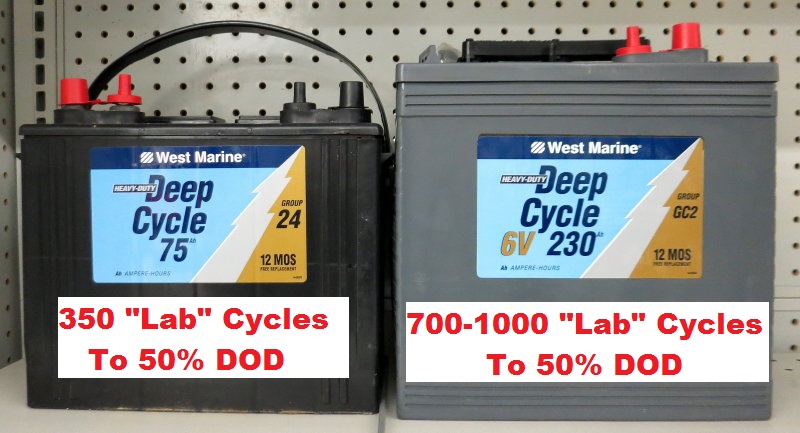Yeah, I know, the heat is bad for batteries, but sometimes it is just a crapshoot on them.Yeah you are in Texas blupupher and that makes life hard on your batteries.
3 years is decent considering where you are at.
Hope you have been doing good man.
My mom had a NAPA battery last over 5 years in her Saturn Vue.
I don't think I have had a battery last more than 3.5 years in my truck (about to get my 4th battery in 9 years).
I have debated getting the Walmart AGM ($150 for the Group 65 for my truck) just to test if it is "better". Comes with a 4 year warranty, so maybe it would last that long in the truck?
Last time I was at Walmart, they actually had some "N" (northern) batteries in stock for some sizes (higher CCA, more, but thinner lead plates) that don't last near as long as "S" (southern) batteries (lower CCA (but still at or above vehicle requirements) with thicker lead plates) that tend to last longer in the heat.
Work sucks, but pays the bills, some days I want to get out of nursing, but stick with it.
Thanks for asking.
Last edited:

